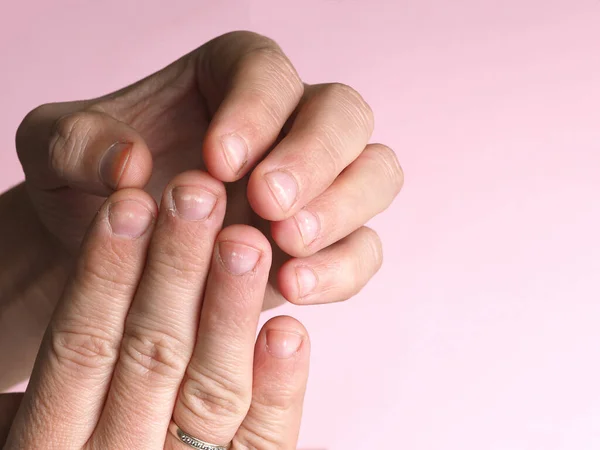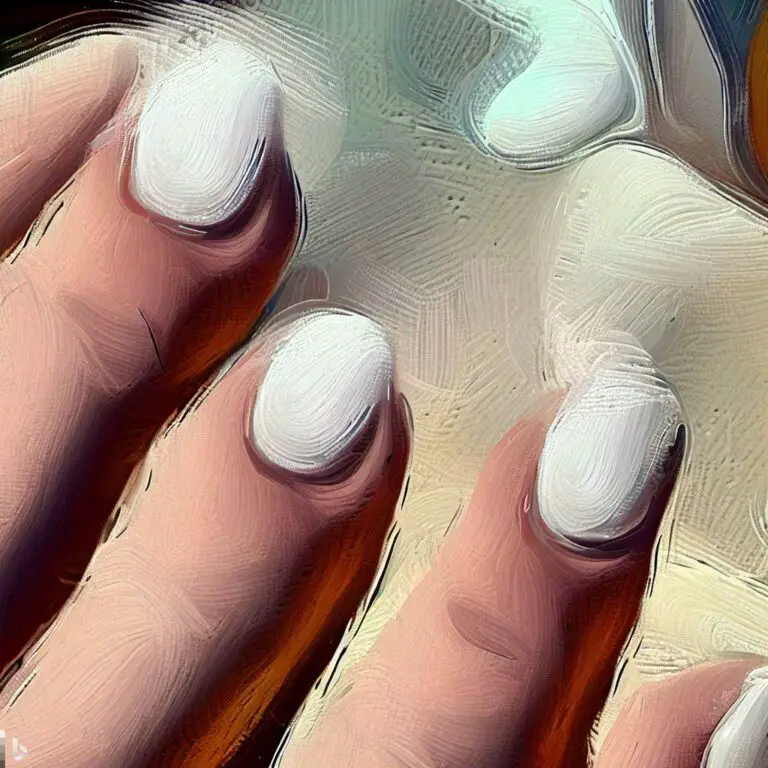What is the significance of white spots on nails? Nails serve a crucial purpose beyond their aesthetic value. They play a vital role in maintaining proper bodily function by safeguarding nerve endings and skin on the fingers and toes. Additionally, they enhance the hand’s ability to perform delicate movements and increase the fingers’ tactile sensitivity.
Examining the appearance of nails is a critical diagnostic factor. Alterations in their appearance are often the initial indicator of health concerns, diseases, poisoning, or imbalances in micronutrients, macronutrients, and vitamins. Discoloration, thickening, or excessive splitting of nails should not be disregarded, and any abnormal changes should be discussed with a medical professional.
The most common change on the nail plates are white spots. They are not only an aesthetic defect, but can also indicate a more serious health problem. They can occur on one nail or several at once, in the form of single points or clusters. It is important to know what causes them.
How is a nail built?
Nails are a product of the stratum corneum. The main building component of the nail plate is keratin – a simple protein of a fibrous nature, consisting of several types of amino acids, the most important of which are cysteine and melatonin.

Other components that build the nail are:
The nail is composed of several different components that work together to create its structure and function. Some other components that build the nail are:
- water,
- lipids,
- sulfur,
- calcium,
- iron,
- zinc,
- phosphorus,
- other macro- and micronutrients in smaller amounts.
The size, shape, and thickness of the nail vary from person to person. Nails grow on average about 3-4 mm per month. To complete the new nail plate on the hands, takes about 5 months (faster on the dominant hand), and on the feet, where the nails grow slower, about 12–18 months. The growth rate of nail plates is influenced by:
- lifestyle,
- age,
- diet,
- season.
- Diseases associated with epidermal proliferation disorders (psoriasis) accelerate nail growth, while severe systemic diseases and conditions with reduced blood supply slow down this process.
The nail plate consists of 100-150 layers of nail corneocytes, which are irregularly distributed and arranged in a tile-like manner, one on top of the other. Its thickness is from 0.5 to 0.7 mm. It is made of three layers:
dorsal (keratinized cells closely adhering to each other),
indirect (softer, cells adhere more loosely to each other),
internal (produced by a thin layer of epithelium).
Nail bed
The placenta is located below the nail plate and is very well vascularized and innervated. The part of the placenta that is highly vascularized and innervated is the matrix.
Mother
This is the most important and sensitive element of the nails. Its damage causes a visible defect of the nail. On the matrix, nail growth begins.
Nail bulb
The lunula is the transition between the matrix and the nail plate. It usually does not occur on the smallest finger, the largest is on the thumb. It is less supplied with blood, soft, and very sensitive.
nail roller
We distinguish the lateral and posterior nail folds, which are made of the dermis covered with the epidermis.
Epidermal labrum
The epidermal labrum is an invisible part of the back of the nail shaft and spreads under the nail skin. It is a natural skin fold that is attached to the ridge of the nail plate. It is visible as a colorless, exfoliating epidermis. It should be even, adhere well, and firmly frame the lunula. It protects the nail against contamination with bacteria and microorganisms.
What do white lesions on nails mean?
White spots on the nails are professionally referred to as leukonychia (the name comes from the Greek leuko – white and onyx – nail), i.e. vitiligo of the nails. They can be a sign of many diseases, and nutrient, and mineral deficiencies, but also of mechanical damage to the plate (e.g. as a result of an impact or improperly performed manicure).
It’s considered good practice to analyze thoroughly your overall health state via modern medical measures. It will give you the best of both worlds. Both wisdom and modern medicine.
Don’t underestimate the signs your body is giving to you. Your body operates under the natural law of cause and reaction. Pay attention and you shall be rewarded.

